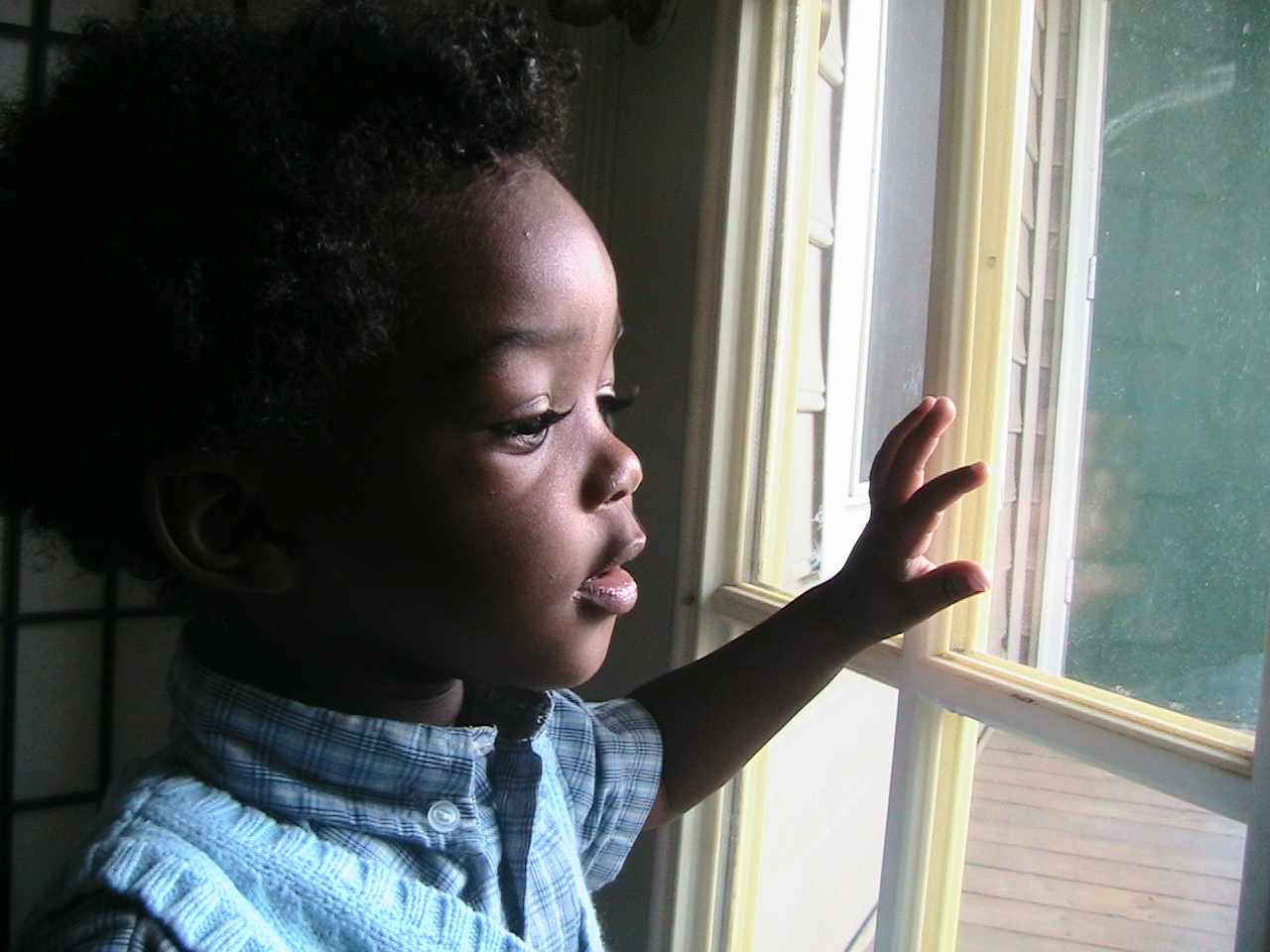Early 20th C. eugenics still predominates in Progressive abortion circles
A conversation with a young college student revealed that the Progressive abortion obsession has changed little since the early 20th Century. I’ve been brooding for a few days now about a conversation I had last week with a student attending Oberlin. During the course of our talk, the student earnestly
Continue reading
